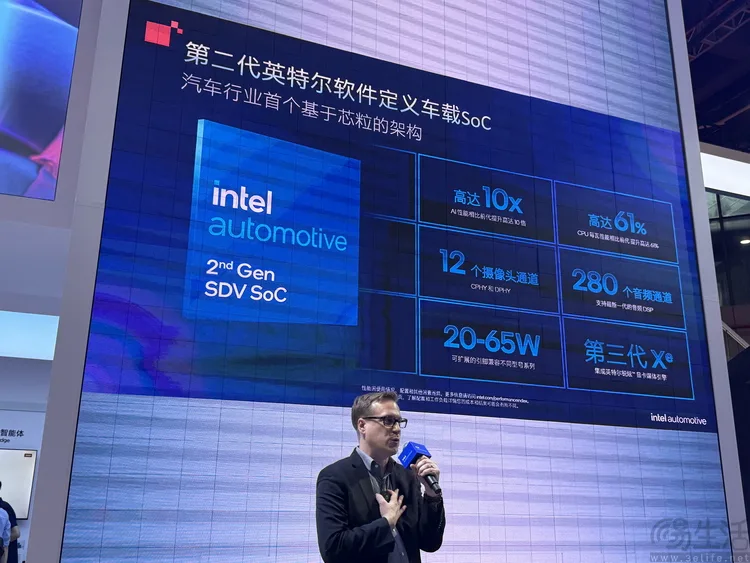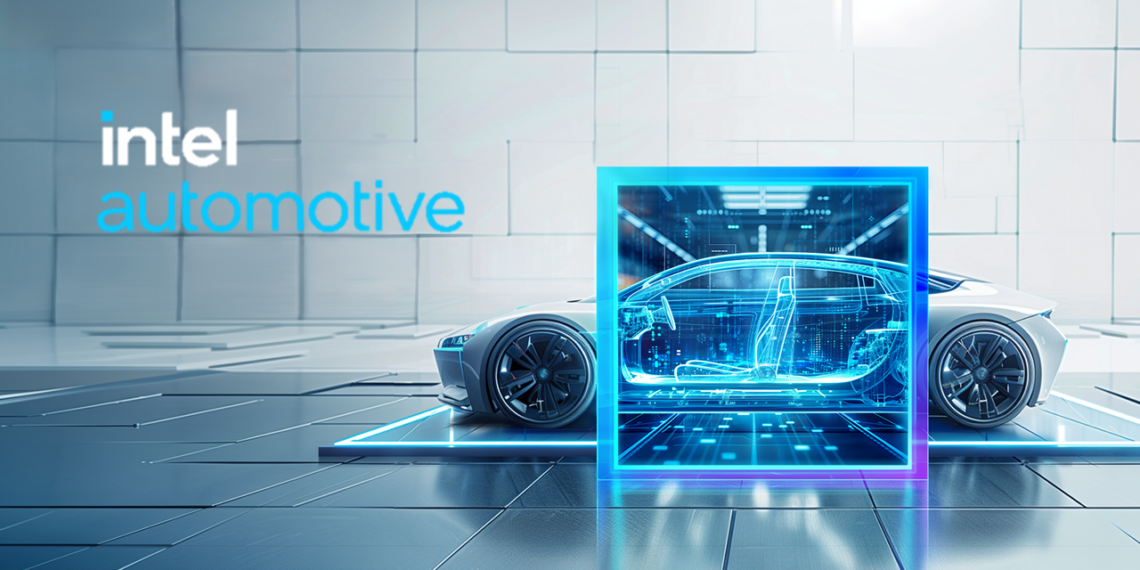Discover how Intel’s Frisco Lake and Grizzly Lake SoCs are set to transform automotive technology with breakthrough AI performance and cutting-edge graphics.
Table of Contents

The Road Ahead: Intel’s Automotive Silicon Revolution
Are you ready to peek into the future of electric vehicles? Intel is gearing up to redefine automotive computing with its next-generation System-on-Chip (SoC) designs that promise to send ripples through the tech world.
Key Highlights
| SoC Generation | Codename | Key Features | Expected Launch |
|---|---|---|---|
| 2nd Gen SDV | Frisco Lake | – Panther Lake IP – 3rd Gen Xe Graphics – 10x AI Performance | First Half 2026 |
| 3rd Gen SDV | Grizzly Lake | – Up to 32 E-Cores – 7 TFLOPs iGPU – Advanced Camera Support | 2027 |
Frisco Lake: A Quantum Leap in Automotive Computing
Intel’s 2nd Generation Software-Defined Vehicle (SDV) SoC, Frisco Lake, is not just another chip—it’s a technological marvel. Featuring the upcoming Panther Lake CPU architecture, these processors are designed to revolutionize how we think about automotive computing.
Performance Breakdown
- TDP Range: 20-65 watts
- AI Performance: 10x improvement over previous generation
- Efficiency: 61% enhanced compared to Raptor Lake architecture
- Graphics: 3rd Gen Xe (Celestial) architecture
- Multimedia Capabilities:
- 12 Camera channels
- 280 Audio channels
Grizzly Lake: The Future Takes Shape
Looking further ahead, Intel’s Grizzly Lake platform promises even more groundbreaking innovations. Powered by Nova Lake IP, these SoCs are set to push the boundaries of automotive technology.
Grizzly Lake Specifications

- Cores: Up to 32 E-Cores
- GPU Performance: 7 TFLOPs
- Display Support: 6 display pipes
- Camera Support: Up to 12 cameras
- Reliability: AEC-Q100 Grade 2, ASIL B certified
FAQs: Intel’s Automotive SoC Evolution
Q: What makes these new SoCs different from previous generations?
A: The new SoCs offer massive improvements in AI performance, graphics capabilities, and overall efficiency, specifically designed for the next generation of electric and autonomous vehicles.
Q: When can we expect these SoCs in vehicles?
A: Frisco Lake is targeted for volume production in the first half of 2026, with Grizzly Lake expected around 2027.
Q: How do these SoCs impact electric vehicle technology?
A: They provide significantly enhanced computational power, AI capabilities, and graphics performance, enabling more advanced driver assistance systems and in-vehicle experiences.
The Road Ahead
Intel is clearly accelerating its automotive technology roadmap. With these next-generation SoCs, the company is positioning itself as a critical player in the future of electric and autonomous vehicles.
Stay tuned as we continue to track the evolution of automotive computing technology!








